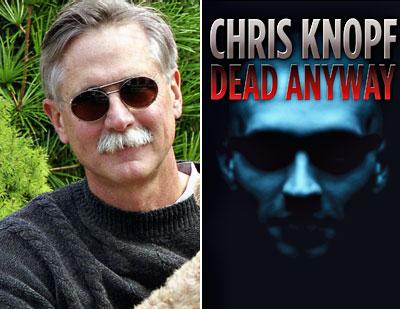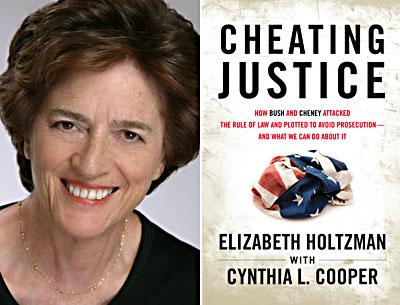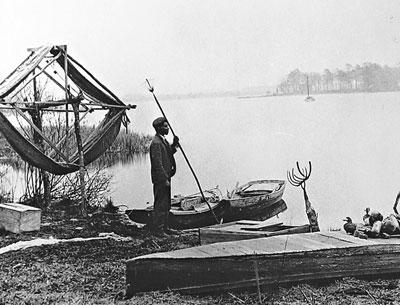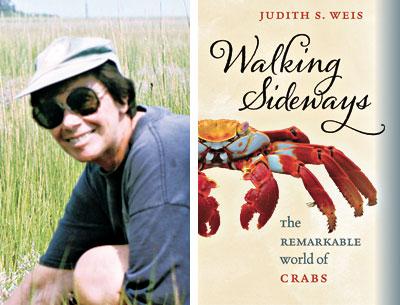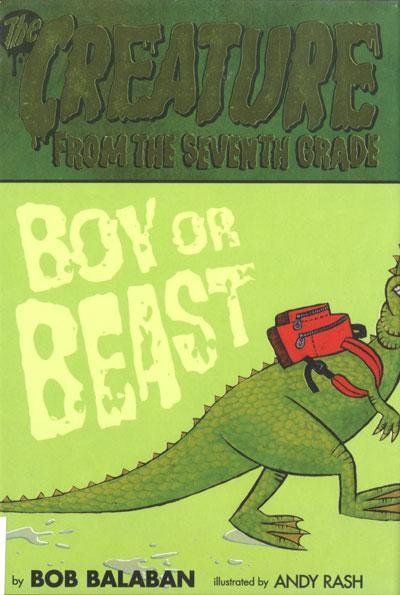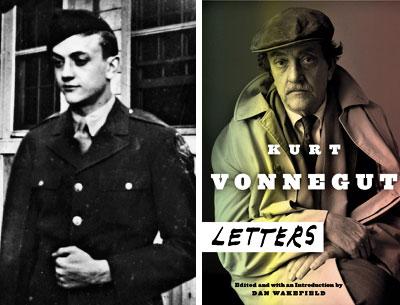The College’s Spring Lineup
The College’s Spring Lineup
Yes, spring seems far off. And yes, Major Jackson sounds like an important figure in the Battle of Antietam. Neither is the case, however, and both will converge Wednesday for the start of that season’s months-long series of readings and talks at Stony Brook Southampton. Writers Speak happens weekly at 7 p.m. upstairs in Chancellors Hall.
Mr. Jackson, the poetry editor of The Harvard Review, is a poet in his own right, and he’ll read from his work. His several volumes include “Leaving Saturn,” which was a finalist for a National Book Critics Circle Award. He teaches at the University of Vermont.
The free series continues on Feb. 20 with Robin Desser, a senior editor at Alfred A. Knopf, discussing the book biz with the college’s Dan Menaker, a former fiction editor at The New Yorker. Another talk the following week will involve Bill Collage, a screenwriter, and Annette Handley Chandler, the director of the screenwriting conference on campus. Readings by the authors Alexandra Styron, Benjamin Anastas, and Alice Mattison take place in the succeeding weeks.
On April 10, Maryrose Wood, who writes young-adult books, will be in conversation with the children’s book author Emma Walton Hamilton. Mr. Menaker will be back after that to talk to Deborah Treisman, a New Yorker fiction editor, and the series concludes on May 1 with a reading by students in the M.F.A. program in creative writing and literature.

